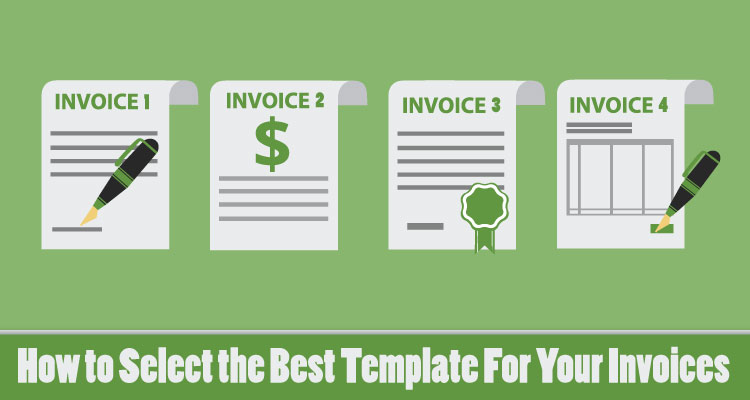If you’re a freelancer, small business owner, or business tycoon, invoicing is a major component of ensuring that your business is financially healthy. Thankfully, the days of manually creating invoices or tediously creating a template in Excel are over. That’s because you can easily find pre-made invoicing templates. But, before you go and use the first invoice template that you find, keep in mind these seven tips so that you can find the best invoicing template for your business.
Table of Contents
Toggle1. Start With the Right Platform
Most invoicing platforms or software come with pre-selected invoicing templates. Therefore, it makes sense to use pick one platform for all of your invoicing needs. Remember, not all platforms are created equal. Focus on features like the variety of payment options that can be accepted.
Find a platform that is easy to understand and has ease-of-use. Also, know how much you’ll be charged to process payments.It also wouldn’t hurt to find a platform that allows you to send invoices online and comes with automated features. These features include payment reminders and recurring payments.
2. Look For Templates That Best Fit Your Brand and Business
Once you’re found the ideal invoicing platform or software, the best invoicing template is one that matches your brand and business. Believe it or not, there are different types of invoices. Different invoice types can be an attorney’s invoice, a finance charge invoice, or a fixed-fee invoice. Other invoice types include product invoice, a service invoice, or a standard professional invoice.
Most invoicing software provides a drop-down list when creating a new invoice. You can easily choose the proper form and template for your brand or business. For example, if you’re a professional, like an accountant or attorney, a simple, yet sophisticated professional invoices should suffice. But, if you’re a creative freelancer, then you may be able to use a template that’s on the quirky-side.
3. Make Sure That the Templates Are Customizable
At the same time, even though a template has a design that matches your brand doesn’t mean that it still it doesn’t have to be customizable.
This means that the template should allow you to add you and change the color or fonts of the invoice in order to match the appearance of your website, social channels, and business cards.
Most importantly, the template should allow you to add both you and your client’s name and contact information. It should also let you add the invoice number, due date, itemized list of goods or services, and payment options and terms.
4. Costs and Fees
You also need to take into consideration the costs and fees involved when choosing a professional invoice program or system. Also factor in the cost of purchasing software and recurring fees like a monthly/annual, processing, application, and set-up fees.
Even if you’re sticking with just a template, and not going with invoicing software, look for free options that don’t come with any hidden costs.
5. Multilingual Labels and Currencies
If you have international clients or customers, or even clients that speak a different language, then you’ll want to use an invoice template that allows you to change languages. You may even want to use a template that allows you to invoice the other party in their preferred currency.
6. Reputation
Since new invoice template programs are being constantly developed, it’s important to research the reputation of the software, program, or company who created the template. Pay close attention to factors like customer service, reliability, and uptime.
7. Don’t Forget About the Small Details
Finally, if you want your invoice to stand out then focus on the little things regarding the invoice. These are usually minor details like margins, white space distribution, scaling, and font-size.
Generally, these invoices should be well-crafted, legible, and meticulously placed. This makes your invoices easier-to-read, while proving that you’re a legit professional who has deserves their bill to be paid in a timely manner.















